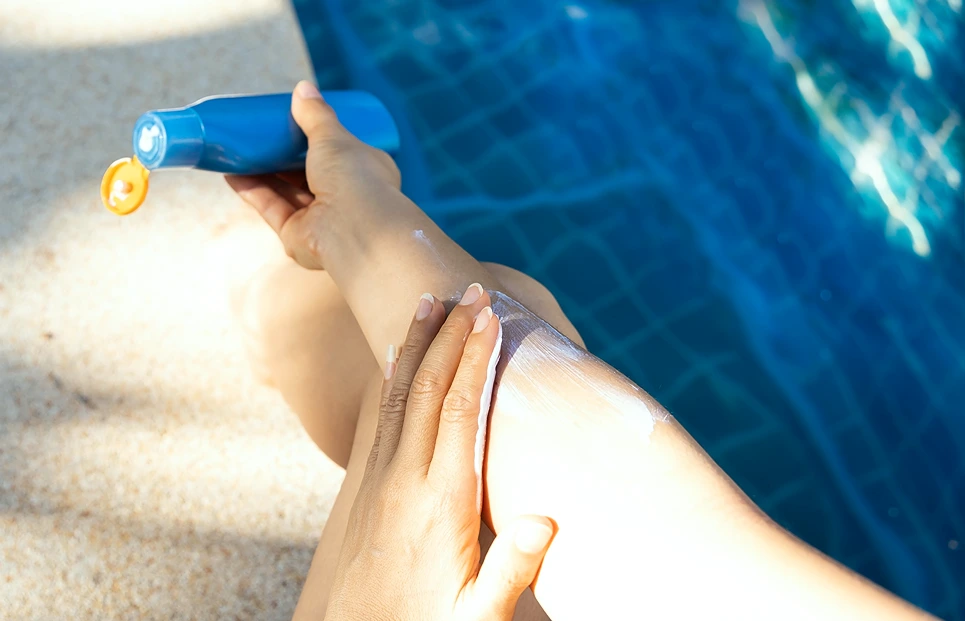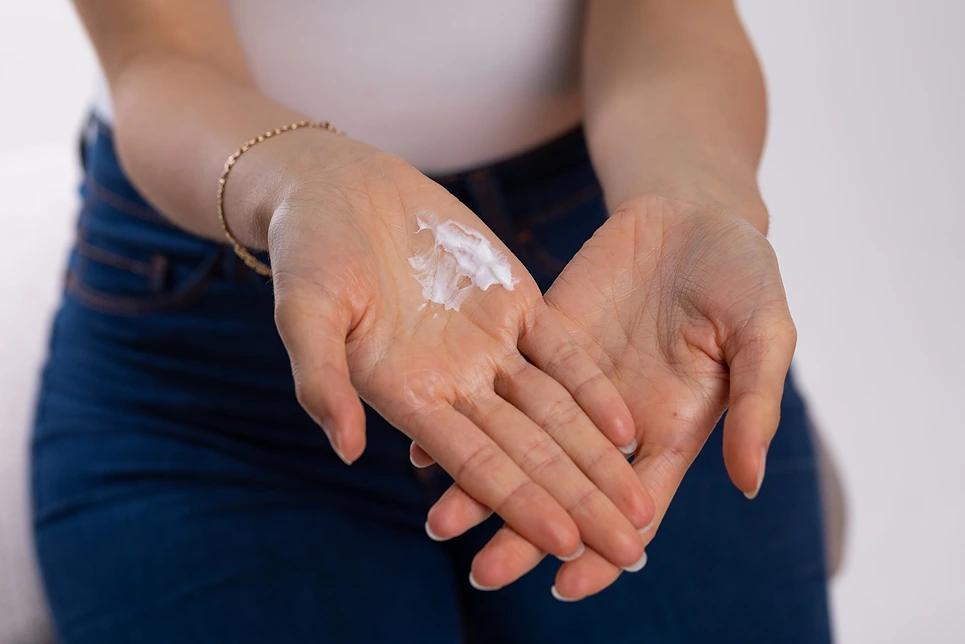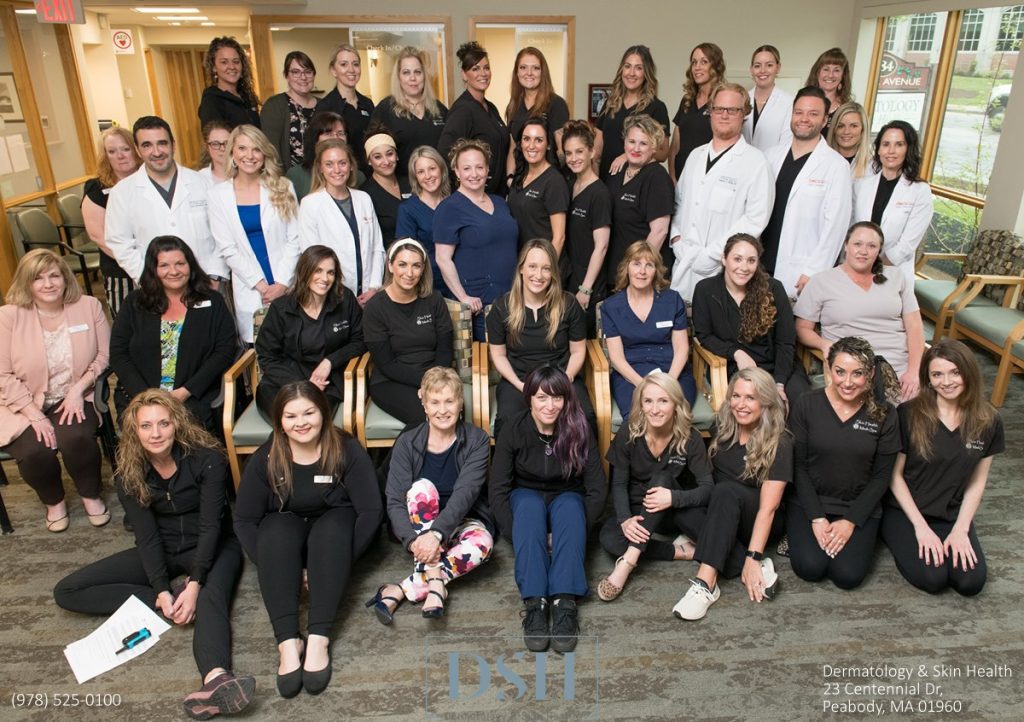

Mohs surgery is a precise, advanced technique for removing skin cancers one layer at a time until only cancer-free tissue remains. This process helps preserve healthy skin and minimizes scarring. After the cancerous tissue has been removed, the surgical site is carefully reconstructed.
Proper wound care and sun protection during the healing process are critical for optimal recovery after Mohs surgery. When and how can you safely use sunscreen after this delicate procedure? Let's take a closer look.

Ultraviolet (UV) radiation from the sun can easily damage freshly healed skin and disrupt the healing process after Mohs surgery. Too much sun exposure can lead to:
Vigilant sun protection protects the sensitive surgical site from further UV damage as it heals. This allows the area to heal properly and reduces the risk of permanent scarring or pigmentation changes.
Ongoing sun protection after recovery is also essential to lower the risk of developing future skin cancers. Mohs surgery removes visible cancerous tissue, but patients remain prone to new skin cancers forming over time.

In the initial healing phase after Mohs surgery, the wound site will be carefully covered with a bandage. At this stage, you should not apply any products directly to the treated area.
Once the surface has closed, usually within 7-14 days, your surgeon will remove the stitches and advise you on further care. This is the earliest point at which you may be able to apply sunscreen, but always follow your doctor's specific recommendations.
Do not attempt to use sunscreen on the surgical site until your doctor confirms the skin has healed enough. Premature application could disrupt healing. Patience is key.
The best sunscreen for healed surgical sites is a broad-spectrum SPF 30 or higher mineral-based or physical sunscreen.
Look for active ingredients like zinc oxide or titanium dioxide. These create a physical barrier to reflect and scatter UV radiation.
A mineral sunscreen is typically gentler and less likely to irritate sensitive post-surgical skin compared to chemical sunscreens. Avoid chemical sunscreens containing ingredients like oxybenzone, especially right after surgery.
The higher the SPF, the better - aim for SPF 50 or more for optimal sun protection.
When the treated area has fully closed and your surgeon gives the green light, you can begin gently applying sunscreen daily. Use a mineral-based SPF 50+ sunscreen and follow these tips:
Also utilize other sun-protective measures like wide-brimmed hats, UV-blocking sunglasses, and lightweight long-sleeved shirts.

A few factors to keep in mind:
Do not take risks with sun exposure on fresh surgical sites. Prioritize protecting the delicate healing skin above all else.
Sun protection after Mohs surgery plays a critical role in proper healing and reducing the chances of skin cancer recurrence.
Carefully follow your surgeon's guidelines on when you can begin using sunscreen and take care to gently apply an SPF 50+ mineral sunscreen on the surgical site at least every 2 hours when outdoors. Pair it with protective clothing, shade-seeking, and avoidance of peak sun hours.
Be extra cautious with sun precautions in the months following Mohs surgery to allow your skin to heal optimally. Your diligence will pay off with better cosmetic results and lower skin cancer risks. Stay sun-smart and let your body do the rest!
If your desired appointment type or preferred provider is unavailable online, kindly call (978) 525-0100 for Peabody, MA and (603) 742-5556 for all New Hampshire locations. Alternatively please feel free to send us your request via the patient portal, or via email at info@dermskinhealth.com
*For medical dermatology appointments in MA please dial (978) 525-0100 or fill out the appointment request form above.